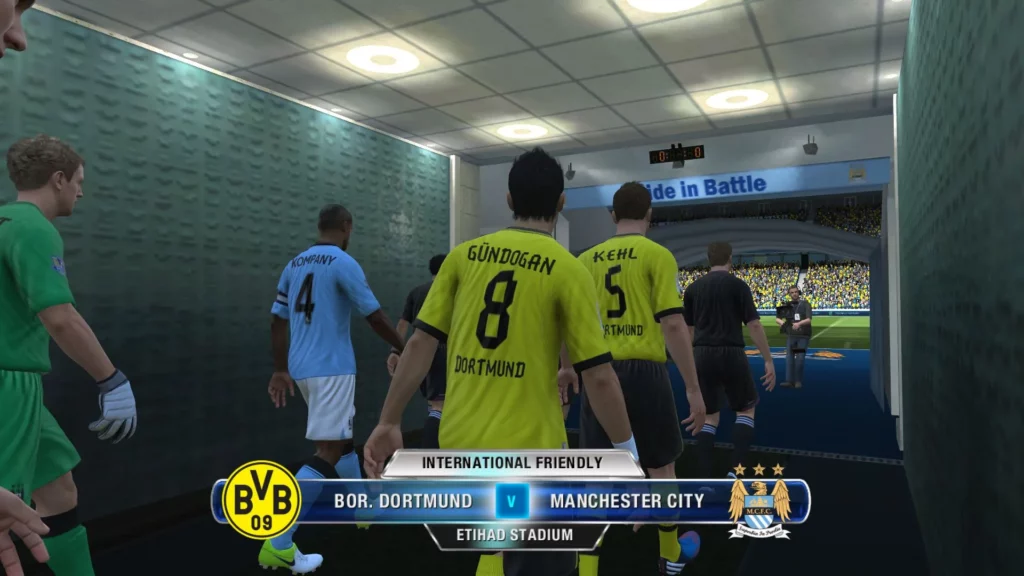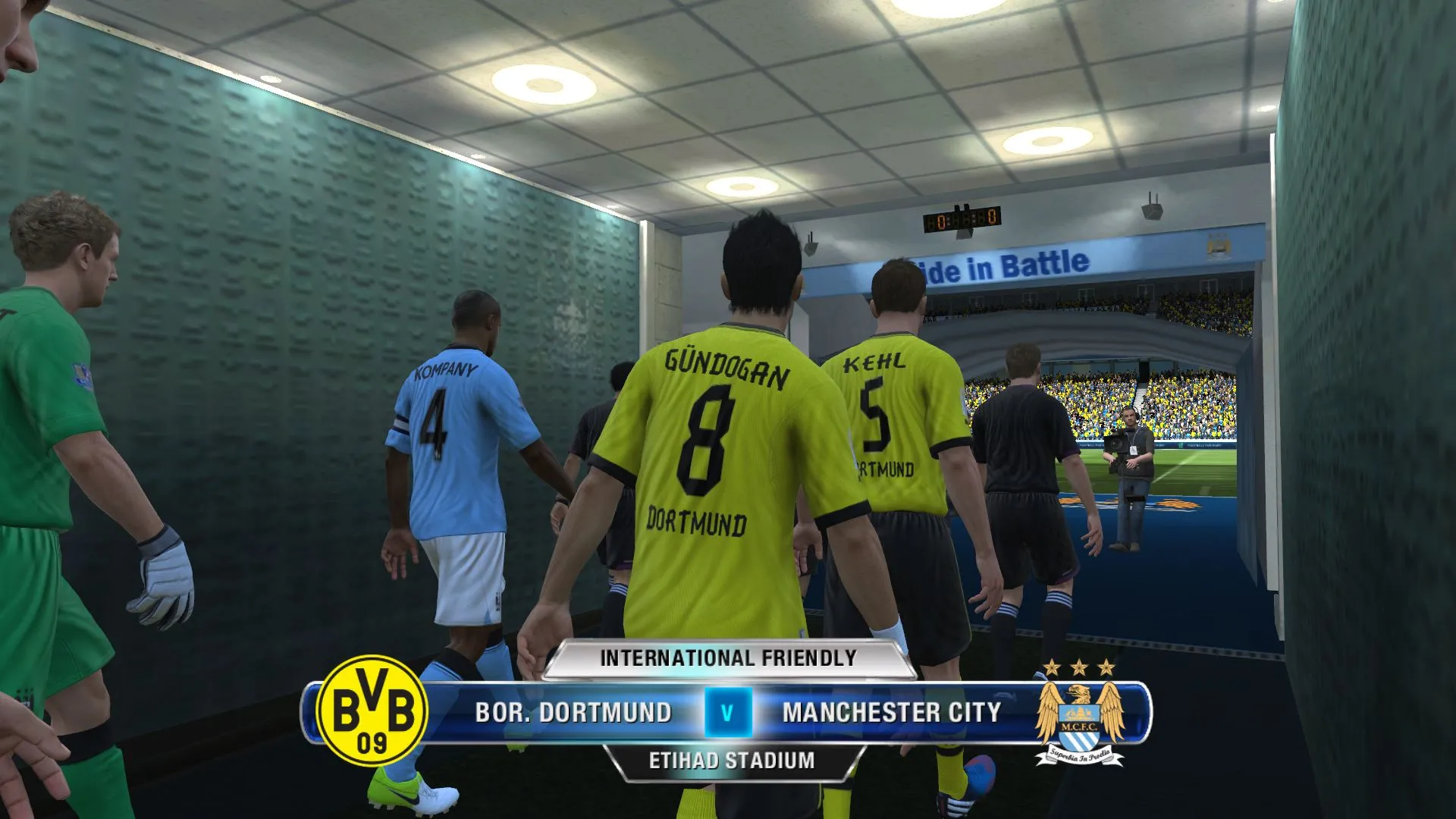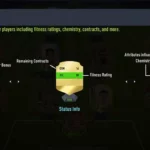FIFA 13 System Requirements – Everything You Need to Know
FIFA 13, developed by EA Sports, introduced major improvements in gameplay, including the first-touch wcontrol system and enhanced AI, making it one of the most beloved entries in the series. To ensure you enjoy FIFA 13 without performance issues, it’s essential to understand its system requirements.
FIFA 13 System Requirements

This guide provides the minimum and recommended specifications and tips for optimizing gameplay.
[Minimum] FIFA 13 System Requirements
To run FIFA 13, your PC must meet these basic specifications:
- Processor: Intel Core 2 Duo @ 1.8 GHz or AMD Athlon 64 X2 Dual-Core 3600+.
- RAM: 1 GB (Windows XP) or 2 GB (Windows Vista/7).
- Graphics Card: NVIDIA GeForce 6800, ATI Radeon HD 3650, or better with 256 MB VRAM.
- Storage: 8 GB of free disk space.
- Operating System: Windows XP (SP3), Windows Vista (SP2), or Windows 7.
Performance Insight: These settings allow the game to run but with reduced visuals and occasional frame drops, especially during high-action gameplay.
[Recommended] FIFA 13 System Requirements
For the best gaming experience, aim for these specifications:
- Processor: Intel Core 2 Quad Q6600 or AMD Phenom II X4 955.
- RAM: 4 GB or more for smoother gameplay and quicker load times.
- Graphics Card: NVIDIA GeForce GTX 460 or ATI Radeon HD 6870 with 512 MB VRAM or higher.
- Storage: 8 GB of free space, plus additional space for updates.
- Operating System: Windows 7 or higher for improved compatibility and stability.
Why It Matters: Meeting these specifications ensures smooth animations, sharper graphics, and an overall enhanced experience.
How to Check Your PC’s Compatibility with FIFA 13
Steps to Verify Your System
- Use “dxdiag”: Type “dxdiag” into the Windows search bar to check your CPU, RAM, and graphics card details.
- Check GPU Drivers: Ensure your graphics drivers are up to date for optimal performance.
- Use Online Tools: Websites like “Can You RUN It” analyze your system with FIFA 13’s requirements.
Troubleshooting Common Issues
- Game Crashing: Update your GPU drivers and ensure DirectX 10 or higher is installed.
- Laggy Gameplay: Lower in-game settings or upgrade hardware, such as adding more RAM or upgrading your GPU.
Optimizing FIFA 13 on Low-End PCs
If your PC struggles to run FIFA 13, these tips can help:
- Lower Graphics Settings:
- Set the resolution to 720p or lower.
- Disable advanced settings like anti-aliasing and v-sync.
- Reduce crowd detail and shadows to their lowest settings.
- Upgrade Affordable Components:
- Add more RAM (at least 4 GB for better performance).
- Replace your HDD with an SSD to reduce load times.
- Free Up Resources:
- Close unnecessary background programs.
- Use “Game Mode” on Windows 10 to prioritize game performance.
Frequently Asked Questions
1. Can FIFA 13 run on Windows 10?
Yes, FIFA 13 can run on Windows 10. Use compatibility mode if any issues arise.
2. Can FIFA 13 run on a laptop?
Yes, as long as the laptop meets the minimum requirements. However, performance may be lower compared to desktops.
3. How much storage does FIFA 13 need?
The game requires at least 8 GB of free storage.
4. Is an internet connection required to play FIFA 13?
No, but an internet connection is necessary for online modes and updates.
5. Can FIFA 13 be played on a Mac?
Yes, FIFA 13 can run on Mac using Boot Camp or virtualization software like Parallels.
6. What are the minimum FIFA 13 system requirements?
- Processor: Intel Core 2 Duo @ 1.8 GHz.
- RAM: 1 GB (Windows XP) or 2 GB (Windows Vista/7).
- GPU: NVIDIA GeForce 6800 or ATI Radeon HD 3650 with 256 MB VRAM.
Conclusion
FIFA 13 delivers an immersive football gaming experience, but it’s crucial to ensure your system meets the requirements for smooth gameplay. For the best experience, aim for the recommended specifications or optimize your PC if it falls short. Whether you’re playing offline or engaging in online matches, preparing your system will enhance your enjoyment of this iconic game.


